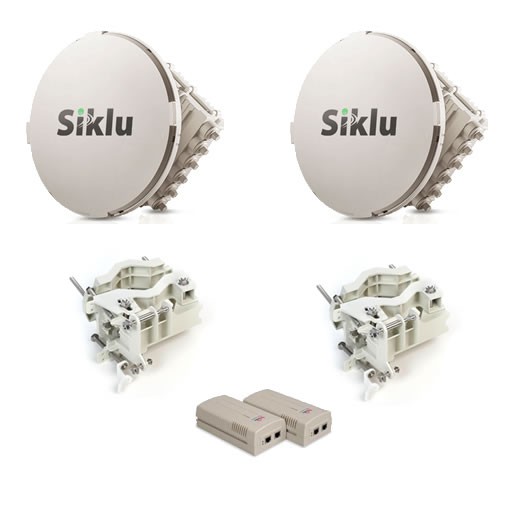Working-From-Home Fears Due To BT Strike
For the first time since 1987, BT are facing nationwide industrial action due to a ballot regarding job cuts and site closures. The Communication Workers Union is due to hold a ballot soon, which could have an enormous impact on the network if a yes vote is returned.
Through this ongoing pandemic, effective internet has kept us connected with colleagues as well as loved ones. It’s held businesses together through the rise of working from home, and it’s kept part of the economy going throughout lockdown restrictions. As a nation, we’ve realised how vital a good internet connection is.
Most of the UK’s broadband network consists of BT, EE and Openreach, serving millions of homes across the nation. If, in late Spring, a strike goes ahead this could mean big problems for people who are working from home and reliant on their broadband connection.
Assuredly, they will only strike if they feel they absolutely must – They don’t want to disrupt services across the country to people’s internet unless they feel they have no other choice to protect their workers and service.
What does the possible BT strike mean for those working from home?
Nationwide industrial action by BT staff could have a huge effect on those working from home, who are relying on a dependable internet connection. Is there anything worse than trying to get some work done with a slow internet connection, or a meeting via video call dropping out every 2 minutes?
The pandemic and lockdown restrictions has meant that almost 50% of the working population have been working from home during the pandemic (ONS).
These workers are relying on their home broadband connection to be able to continue doing their jobs.
As we’ve seen from the challenges of home-learning and home-working, those who are currently based at home need a connection that can support both upload and download speeds in order to partake in video conference calls like Zoom, Microsoft Teams and Google Meet.
Not only is home internet needed more than ever, but the quality of the connection is also more vital then it has been previously.
What alternatives to Wi-Fi would be unaffected by a BT strike?
If you are worried that your home internet connection could be affected by the posed threat of BT industrial action, there are thankfully alternative methods of getting internet into your home.
We have seen an influx of 4G broadband installations and enquiries. Whilst these have mostly been from areas in rural Hampshire where standard internet connections are unreliable and slow, 4G broadband is an excellent way of backing up your existing internet connection.
Why 4G broadband?
4G broadband is the idea solution to patchy, unreliable Openreach internet connections. It can also be an excellent back-up solution should your standard Wi-Fi connection go down or become unavailable.
4G signal is received via an external 4G antenna and emitted into your home through a 4G router using a sim based data plan.
Here at Geekabit, we have a 4G testing pole so that we can accurately estimate 4G internet speeds in your location before installing a new antenna and router.
How could 4G broadband help if my internet is affected by BT industrial action?
Our expert Wi-Fi engineers are skilled in providing 4G broadband services for hire. We are experienced in providing an ideal internet solution for scenarios such as building sites, TV filming and temporary cabins. It’s also a great interim option for people moving house and between service providers when they first move in to their new home.
This makes 4G broadband the perfect alternative if your internet was to be affected and your home-working situation compromised.
If you would like more information on our 4G broadband hire options, please don’t hesitate to get in touch with one of our Wi-Fi experts here.
If you are already experiencing internet problems in a rural area, then 4G broadband may well be the answer. You may be interested in previous blogs we’ve written regarding this – Or for more information, please see our website.
You can read more details on the threat of BT industrial action via The Guardian.




